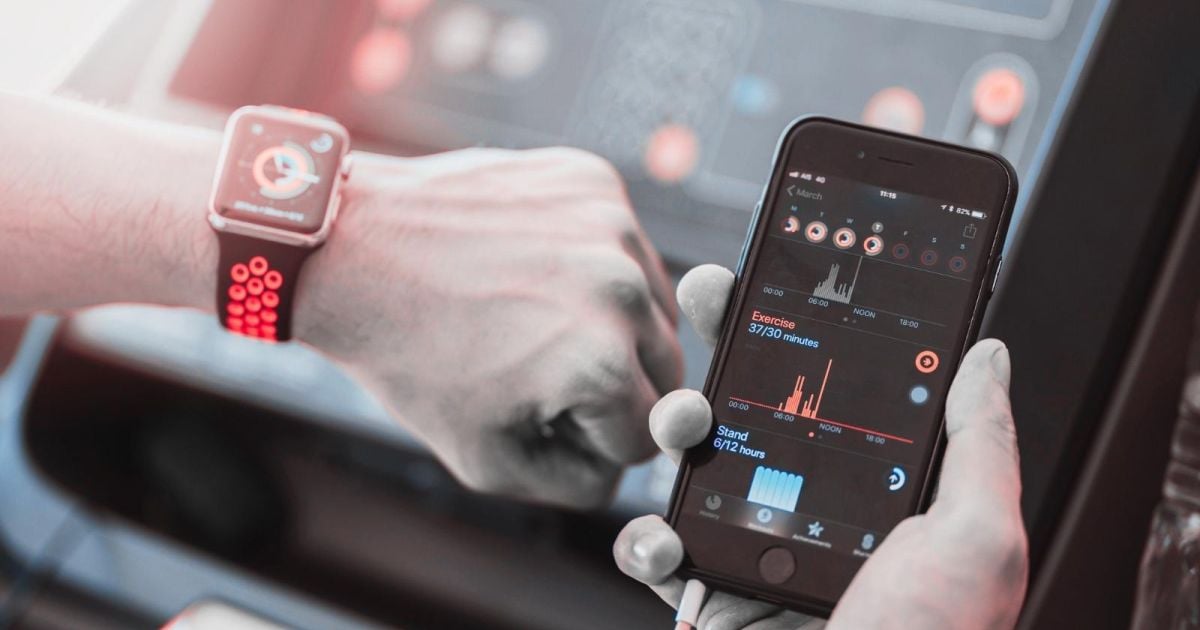Table of Contents
- Introduction to Smart Wearables
- The Rise of Smart Wearables: A Brief History
- How Smart Wearables Enhance Daily Life
- The Role of Design in Smart Wearables
- Challenges and Opportunities for the Industry
- What Lies Ahead for Smart Wearables
1. Introduction to Smart Wearables
Smart wearables represent the perfect intersection of technology and lifestyle, offering solutions that fit seamlessly into daily routines. These devices, which range from smartwatches and fitness trackers to smart glasses and jewelry, are designed to provide users with convenience, connectivity, and style. With advancements in AI, sensors, and materials, smart wearables are evolving rapidly, becoming indispensable tools for health, productivity, and personal expression. As demand grows, the industry continues to innovate, shaping how technology enhances our quality of life.
2. The Rise of Smart Wearables: A Brief History
The journey of smart wearables began with functional devices like the early pedometers and digital watches of the 1980s. The 2010s saw the launch of iconic products like the Fitbit and the Apple Watch, which brought wearables into the mainstream. Over the years, smart wearables have become more sophisticated, offering features like GPS tracking, heart rate monitoring, and even ECG capabilities. Today, the market caters to a wide range of needs, from health and fitness to entertainment and communication, reflecting their growing relevance in every aspect of life.
3. How Smart Wearables Enhance Daily Life
Smart wearables have transformed daily life by offering convenience and real-time insights. Fitness trackers encourage healthier lifestyles through step counts, calorie tracking, and activity reminders. Smartwatches provide instant notifications, voice commands, and even payment solutions, reducing the need for smartphones. Meanwhile, wearable medical devices enable remote monitoring of chronic conditions, empowering individuals to take control of their health. These devices also enhance productivity, with features like calendar management, task tracking, and voice assistance, ensuring users stay organized and efficient.
4. The Role of Design in Smart Wearables
Design plays a crucial role in the adoption of smart wearables, as users increasingly demand devices that align with their personal style. Companies are collaborating with fashion designers to create wearables that double as accessories, such as luxury smartwatches and smart rings. Materials like stainless steel, ceramic, and leather are being used to enhance aesthetics while maintaining functionality. The emergence of customizable options, such as interchangeable bands and face designs, has further bridged the gap between technology and fashion, making smart wearables a statement piece.![]()
5. Challenges and Opportunities for the Industry
The smart wearables industry faces several challenges, including data privacy concerns, battery life limitations, and high manufacturing costs. Addressing these issues is critical to maintaining consumer trust and ensuring market growth. On the flip side, opportunities abound, particularly in areas like healthcare, where wearables are being integrated with telemedicine solutions. The potential for innovation in sustainable wearables—using eco-friendly materials and energy-efficient designs—presents another avenue for growth. As technology advances, these devices will only become more accessible and versatile.
6. What Lies Ahead for Smart Wearables
The future of smart wearables lies in their ability to become more personalized, invisible, and integrated into our lives. Innovations such as flexible displays, implantable sensors, and AI-driven personalization will redefine what wearables can do. The fusion of wearables with augmented and virtual reality (AR/VR) platforms is expected to open new possibilities for work, education, and entertainment. As the boundaries between technology and lifestyle blur, smart wearables will continue to evolve, shaping the way we live, work, and interact with the world.



You must be logged in to post a comment.